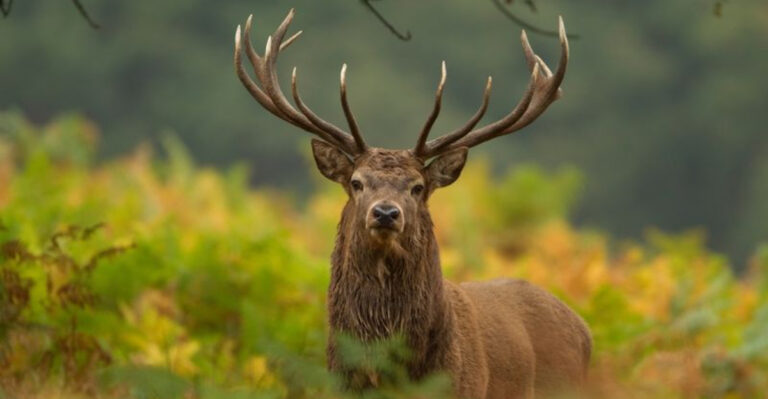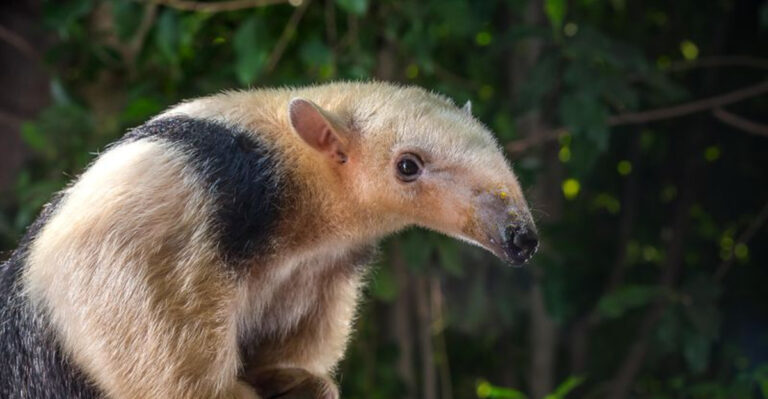Two Ice Age ‘Puppies’ Aren’t Really Dogs, Experts Say
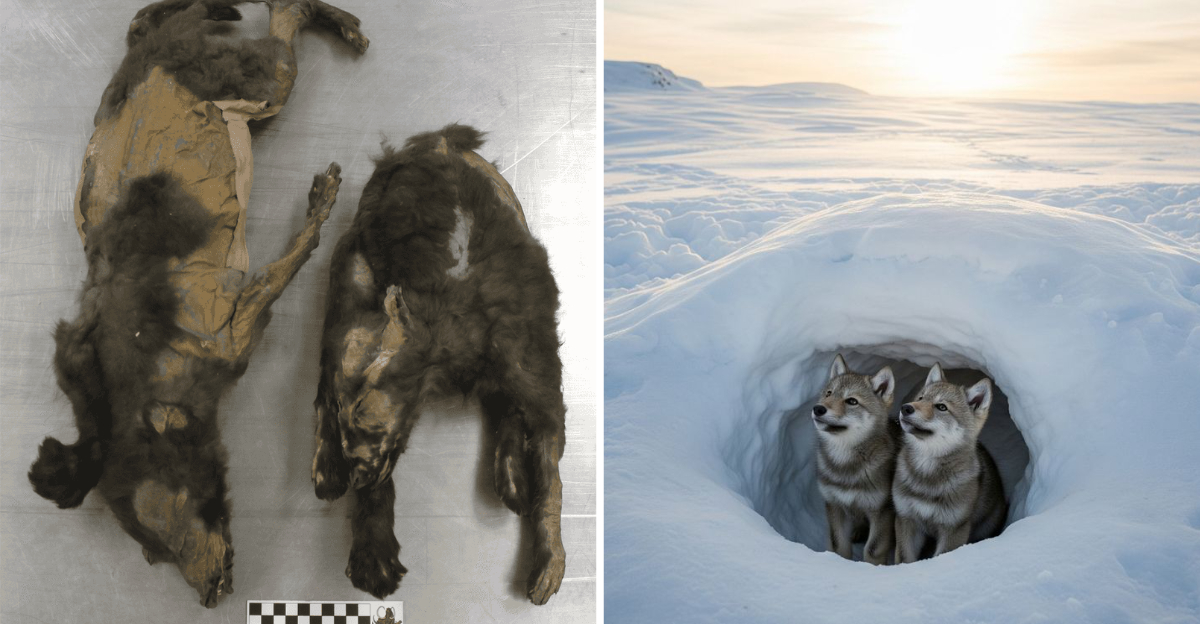
Scientists recently made a startling discovery in Siberia – two frozen Ice Age puppies that looked just like dogs.
At first, everyone thought they had found the earliest domesticated dogs. But new research suggests these ancient pups might be something else entirely!
This discovery is shaking up what we know about when and how wolves became our furry best friends.
1. Tumat Puppies: Challenging Dog Domestication Theories

The Tumat puppies, discovered perfectly preserved in Siberian permafrost, have scientists scratching their heads. Originally thought to be early domesticated dogs from about 12,500 years ago, new DNA tests tell a different story.
These ancient canines appear to be from a lineage that split from modern wolves before dogs were domesticated. Neither wolf nor dog, they represent something in between – possibly an extinct branch of the canine family tree!
This finding challenges our timeline of when wolves became dogs, suggesting the domestication process was more complex than previously thought.
2. What Makes The Tumat Puppies Different From Dogs?
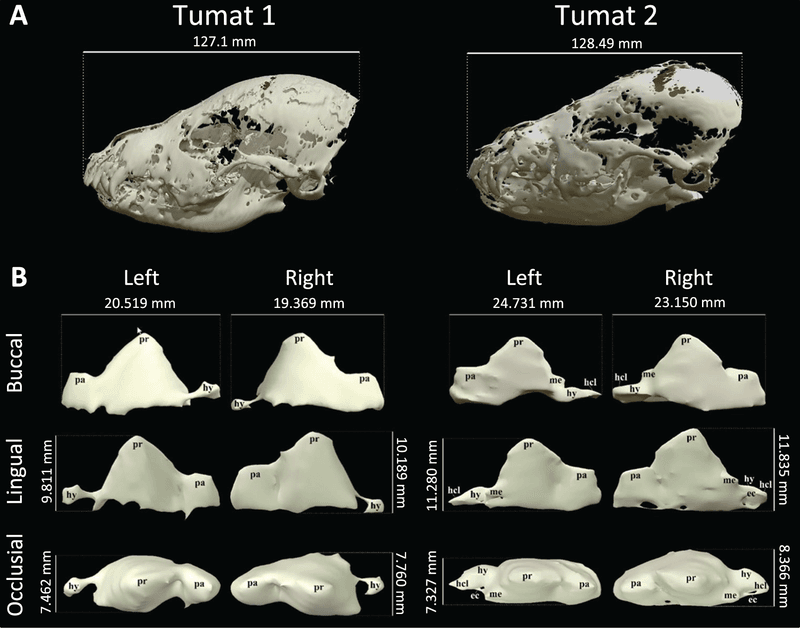
These ancient puppies look surprisingly like modern dogs at first glance, but their DNA tells a different tale. Scientists found genetic markers that don’t match either modern wolves or dogs, suggesting they belong to a now-extinct canine lineage.
Their teeth and skull shapes show subtle differences, too. The jaw structure indicates they weren’t fully wild, yet not completely domesticated either.
The Tumat puppies also lived during a time when humans were just beginning to form relationships with canines, making them fascinating subjects for understanding how wild wolves eventually became our loyal companions.
3. Siberia’s Frozen Secrets: The Truth Behind The Tumat Puppies
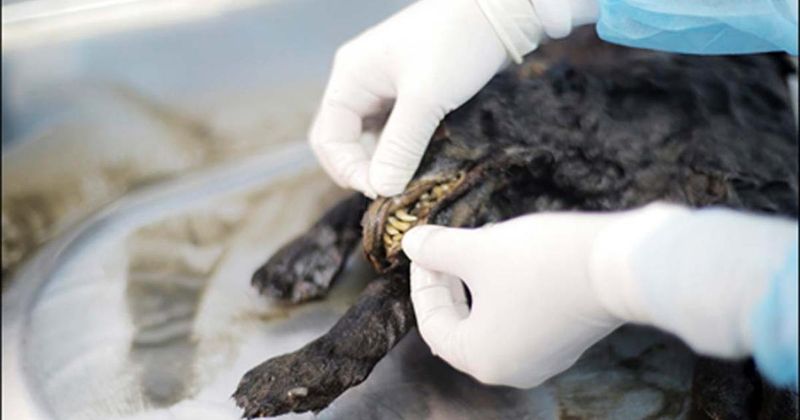
Siberia’s permafrost acted like a natural freezer, preserving these puppies for thousands of years with fur, skin, and even internal organs intact! One pup was found in 2011, and the second in 2015, both near the Tumat village.
Their exceptional preservation allows scientists to study ancient DNA without the degradation that normally occurs. The puppies’ stomach contents revealed their last meals – fish and plants, hinting at a diet influenced by nearby human settlements.
Carbon dating places them at around 12,500 years old, right at the cusp of when many experts believe dog domestication was beginning to occur.
4. Not Dogs After All? Experts Discuss The Tumat Discovery

A heated debate has erupted among paleontologists since the Tumat findings. Some argue these puppies represent a transitional species – canines that were beginning to interact with humans but weren’t yet domesticated dogs.
Others suggest they might be from a completely separate lineage that went extinct without contributing to modern dog genetics. The puppies’ DNA contains unique markers not found in today’s canine population.
Russian scientist Dr. Sergey Fedorov notes: “These aren’t dogs as we know them, but they’re not simply wolves either. They represent a crucial piece of the evolutionary puzzle that we’re still trying to solve.”
5. Tumat Puppies: Early Canine Evolution Or Something Else?

The mystery deepens when we consider what these puppies actually represent. Were they early attempts at domestication that didn’t continue? Their physical features show some dog-like characteristics – slightly shorter snouts and wider skulls than pure wolves.
Yet genetic testing places them on a branch that split from the wolf-dog lineage before full domestication occurred. This suggests they might be part of a now-extinct canine population that lived alongside early humans.
Some researchers propose they represent a “proto-dog” – not fully wild, not fully domesticated, but somewhere on the evolutionary path that most canines didn’t follow.
6. Rethinking The Tumat Puppies: Evidence Of Dog Domestication?

For years, scientists believed dog domestication happened around 15,000 years ago. The Tumat puppies’ age (12,500 years) initially seemed to support this timeline – until their unusual DNA was analyzed.
Their genetic makeup suggests domestication might have happened multiple times throughout history! Some early attempts may have died out without contributing to modern dog lineages.
The puppies’ location in Siberia is significant, too. This region might have been a hotspot for early human-canine interactions, with multiple wolf populations beginning to form relationships with human groups across Eurasia during the last Ice Age.
7. Frozen In Time: What The Tumat Puppies Reveal
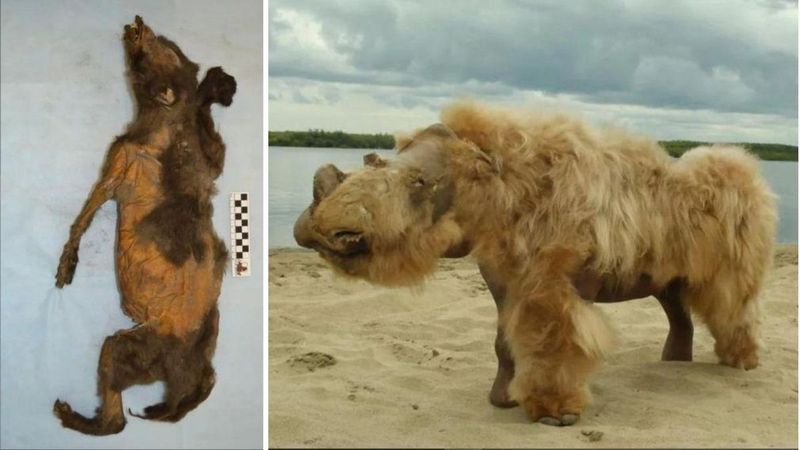
The incredible preservation of these puppies gives us a direct window into Ice Age life! Unlike most ancient discoveries that leave only bones, these puppies have intact fur, skin, muscles, and even brain tissue.
Scientists found remnants of their last meal in their stomachs – fish and plant material that hints at a diet influenced by humans. Their fur color – a brownish-gray – helps us visualize what these ancient canines actually looked like.
Even more fascinating are the parasites preserved in their bodies. These tiny hitchhikers provide clues about ancient diseases and the environments these puppies inhabited before meeting their untimely end.
8. From ‘Puppies’ To New Species

The more scientists study these puppies, the more they realize they may have discovered an entirely unknown species! Genetic testing shows they don’t fit neatly into either the wolf or dog category – they’re something else entirely.
Some researchers now propose classifying them as a separate canine species that evolved alongside wolves and early dogs. This would mean the canine family tree is more complex than we thought.
Had these puppies survived to adulthood, they might have grown to be slightly smaller than wolves but larger than most early dogs. Their unique adaptations to the harsh Siberian environment might explain some of their unusual features.
9. Siberian ‘Puppies’ And The Debate Over Dog Origins
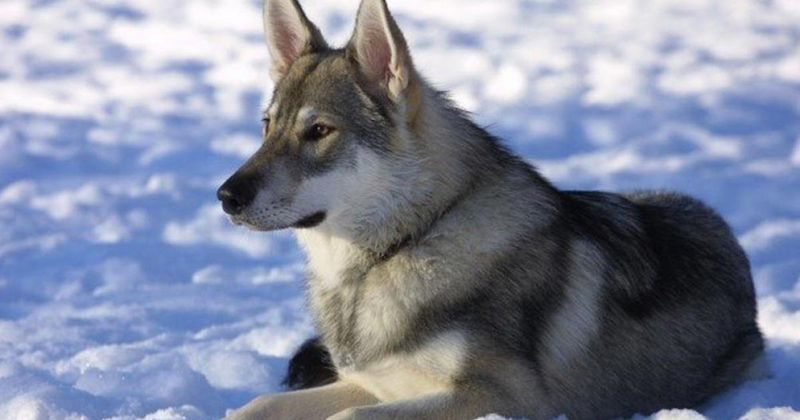
The Tumat discovery has reignited the debate about where dogs were first domesticated. Before this finding, many scientists believed dogs originated in either East Asia or Europe. Now, Siberia enters the conversation as a potential cradle of dog domestication!
These puppies lived during a time when humans were spreading across northern Asia. Their unusual genetic makeup suggests they might represent an early domestication attempt unique to this region.
The puppies’ age coincides with the end of the last Ice Age – a time of massive environmental change that might have pushed wolves and humans closer together for survival, creating the perfect conditions for domestication.
10. The Tumat Mystery: How Two Ice Age ‘Puppies’ Could Change Canine History
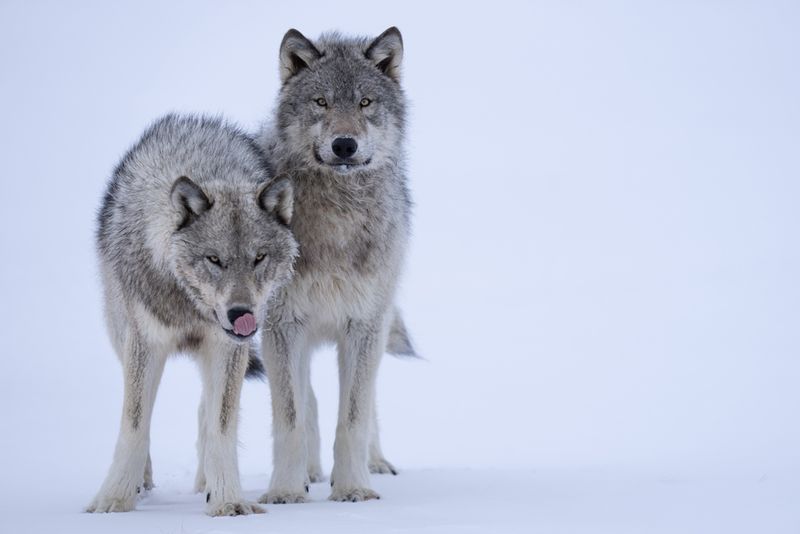
These tiny frozen puppies might completely rewrite the story of how dogs became our best friends! Traditional theories suggest domestication was a straight line from wolf to dog, but the Tumat puppies suggest it was more like a branching tree with many dead ends.
Their unique genetic signature indicates domestication might have happened repeatedly throughout history. Some early dog-like canines didn’t survive to contribute to modern dog DNA.
Most exciting is what this means for future discoveries. If these puppies represent one lost branch of canine evolution, how many others might be waiting to be found? The Tumat puppies open a new chapter in our understanding of ancient canine diversity.


